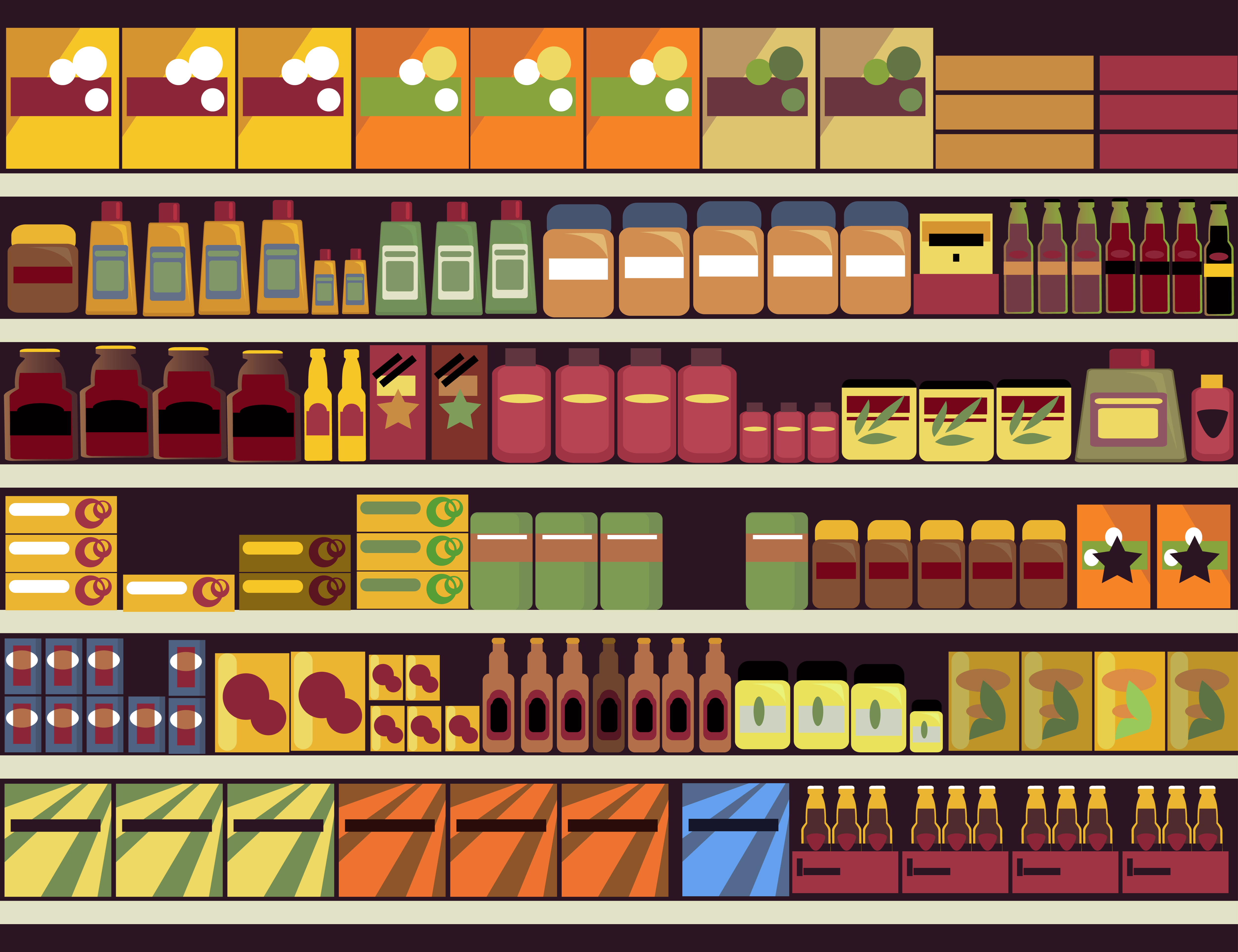As hard seltzers continue what feels like an unobstructed ascent, retailers face a vexing question: Yes, seltzers need more space, but what should they displace on shelves?
The answer, it turns out, is relatively straightforward: Underperforming items from every segment, particularly in craft, and to a lesser extent, slower-moving flavored malt beverages, data show.
“The biggest opportunity for retailers is finding the right balance of products across all segments, and that means taking a hard look at the assortment in each segment to make sure every item is pulling its weight,” says Jeff Long, chief commercial solutions officer at MillerCoors. “When you do that, you will see there are likely items in every segment that aren’t working, and the biggest concentration of those items are almost always in craft and FMBs.”
That’s not to say craft isn’t an important part of an assortment. Quite the opposite. But retailers could do more to cull underperforming brands.
“Of course retailers should continue to carry a variety of national, regional and local craft beer, but they can do a better job curating their selection,” says Turiya Luzadder, director of shopper insights for MillerCoors. “Craft as a whole is less incremental than other segments. The pure amount of choices remains overwhelming to shoppers. And how many IPAs do you really need?”
Probably not as many as some retailers carry, data show.
Craft beer remains one of the weakest incremental segments in beer, with low velocities on average and low incrementality to the category, per Nielsen data. In other words, craft moves slower, and if a consumer’s preferred craft brand isn’t in stock, they’ll most likely buy another beer. On top of that, craft beer buyers are still buying more premium lights than craft beer, per Nielsen.
While craft sales were up 1% in the 52 weeks ended Sept. 28, the segment ranked 11 out of 13 tracked in sales velocity, ahead of only hard “coolers” and cider, according to Nielsen all-outlet and convenience data.
Topping the list: premium lights, a segment that includes beer industry staples such as Bud Light, Coors Light and Miller Lite. Despite posting a 4.6% sales decline over the 52-week period, premium lights were far and away the fastest-selling beers in the industry, selling at a rate more than four times faster than craft, per Nielsen. The next two top performers? Budget and near-premium beers.
Even with hard seltzers included, the flavored malt beverage segment still sits well below premium lights in terms of sell-through rates, per Nielsen. Sales dollars per item per store for FMBs are $733.60, compared with $2,520 for premium lights, $1,680 for budget beers and $1,452 for near-premium beers.
Still, retailers clearly must give hard seltzers — and above-premium beers at large — the space they need to meet consumer demand. Mexican imports and super premium beers are expected to continue to outpace the industry. And hard seltzer has been a rocket, with volume up more than 200% over the past 52 weeks and accelerating, data show.
The takeaway? “As always, a balanced assortment is key,” Luzadder says. “There’s definitely room for multiple hard seltzer brands, and they should be getting space. But that space should not come at the expense of economy beers or premium lights, the fastest-turning brands that pay the bills.”
MillerCoors recommends allocating 10% to 15% of space to hard ciders and FMBs, including seltzers, Luzadder says. If retailers already have enough space for those products, their focus should shift to ensuring they’re in stock and properly displayed.
The bottom line, she says, is retailers should look to actively manage their sweeter-profile FMBs and craft selection, culling underperforming items to make way for more hard seltzers and adjacent beverages, such as hard sparkling cocktails and the like.
“In general, consumer preferences are trending toward lighter drinks perceived as better-for-you,” Luzadder says. “Retailers need to be thinking about how to build out those assortments while keeping in mind that premium lights hit that mark, too.”

